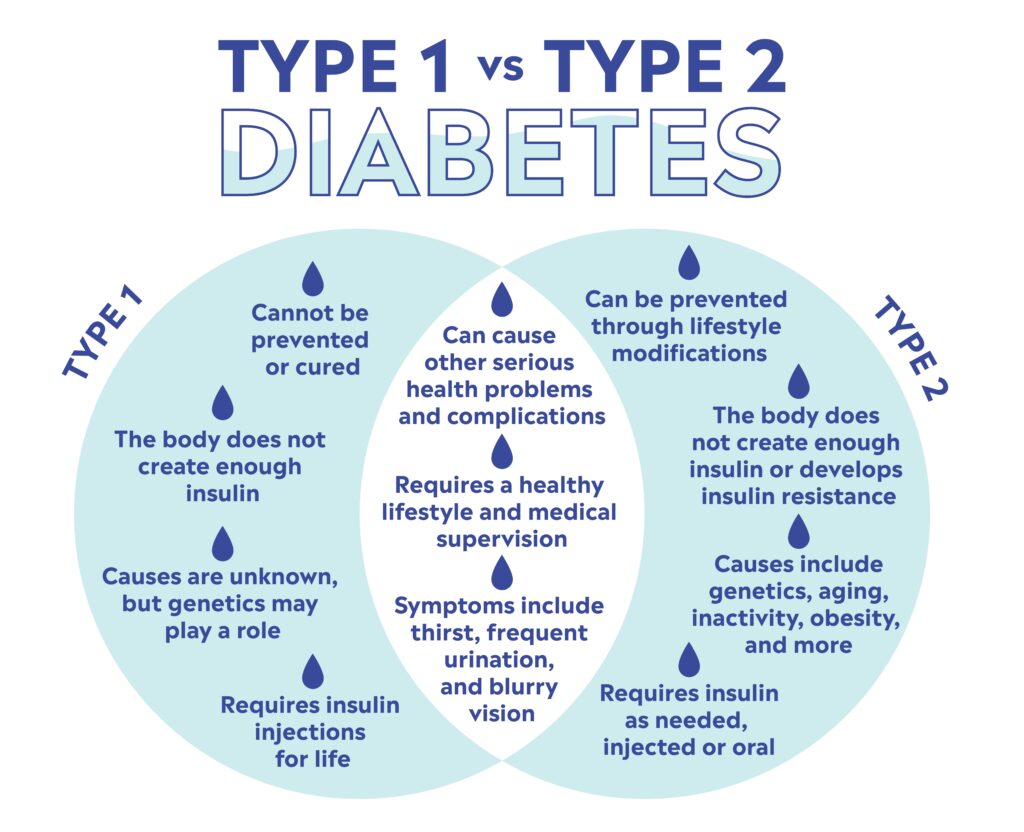Introduction
One of the most effective methods for managing Type 2 diabetes is exercise. It helps control blood sugar levels, improve insulin sensitivity, and reduce the risk of complications. This comprehensive guide will walk you through everything you need to know about exercising with Type 2 diabetes, including the best types of exercises when to work out, and how much exercise you need to see the benefits.
What are the guidelines for Type 2 diabetes exercise?
The American Diabetes Association recommends that individuals with Type 2 diabetes engage in at least 150 minutes of moderate-intensity aerobic activity per week, spread over at least three days per week, with no more than two consecutive days without exercise. In addition to aerobic activity, strength training exercises should be done at least twice a week. These exercises support overall metabolic health and assist in increasing muscle mass.

For safe and effective exercise, it’s essential to monitor your blood sugar levels before, during, and after your workout. Always check with your healthcare provider before beginning any new exercise regimen, especially if you have other health conditions.
When is the best time to exercise for diabetics with type 2?
Depending on a person’s preferences, daily routine, and lifestyle, no one time of day works best for Type 2 diabetes exercise. However, morning workouts are often recommended, as they help stabilize blood sugar levels for the day and improve insulin sensitivity. Before eating, exercising in the morning can help maintain steady blood sugar levels throughout the day.
However, if you don’t like to exercise in the morning, you can still benefit from exercising after meals to avoid spikes in blood sugar. Regardless of the time of day, consistency is key—find a time that works best for you and stick with it.
Can Walking 30 Minutes a Day Lower A1c?
Yes! Regular walking can significantly lower your A1c levels. Walking for at least 30 minutes a day helps improve insulin sensitivity and blood sugar control, which is crucial for people with Type 2 diabetes. It doesn’t have to be intense—moderate-paced walking, when done consistently, is proven to have long-term benefits for reducing A1c levels and improving cardiovascular health.
Begin by gradually increasing the duration and intensity of your walks if you are just getting started. Even short daily walks add up over time and can lead to significant improvements in blood sugar management.
What is the morning routine for diabetics with type 2?
A morning routine for Type 2 diabetes can set the tone for the rest of the day. Here are some tips for starting the day on the right foot:
Hydrate: Drink water first thing in the morning to rehydrate and support metabolic processes.
After waking up, it is essential to measure your blood sugar levels to ensure that they are within a safe range. Morning Walk: A 10-15 minute walk in the morning helps regulate blood sugar and boosts insulin sensitivity.
Healthy Breakfast: Choose a low-carb, high-protein breakfast with fiber to stabilize blood sugar levels. For example, eggs with vegetables or oatmeal with chia seeds.
Establishing this simple morning ritual can help kick-start your metabolism, maintain blood sugar control, and set you up for a successful day.
Conclusion
When it comes to controlling Type 2 diabetes, exercise is a must. By incorporating regular physical activity into your daily routine, you can lower blood sugar levels, improve insulin sensitivity, and significantly reduce the risk of complications. Remember to consult your doctor before starting any new exercise program, and find a schedule that works best for your lifestyle. Long-term success is dependent on consistency.